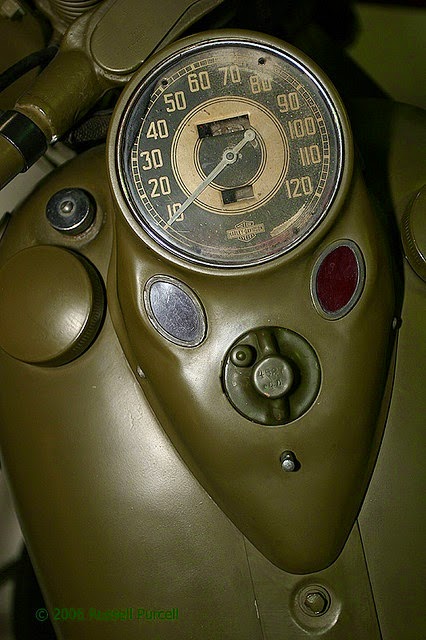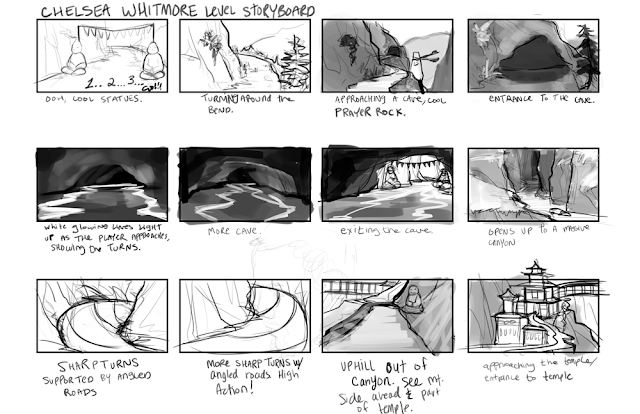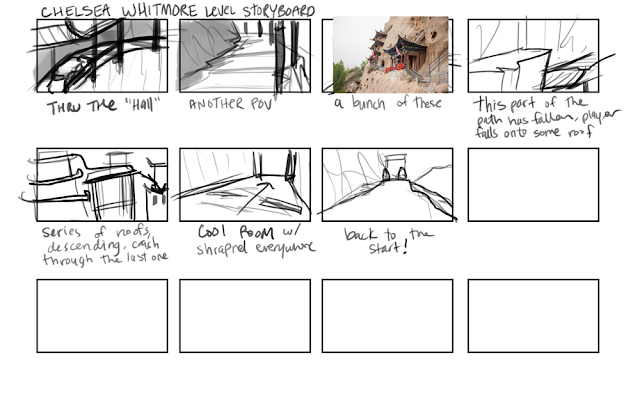Starting up the new school year with something fun: playing video games. Ha ha. In Game Design II, we are going to make a simple platformer, so to start off we have to do an analysis of a tutorial level in a platformer. I picked LIMBO because I had a lot of fun playing it, and it is a very intuitive game thanks to the good "tutorial level." I put quotes around tutorial level because Limbo's tutorial level barely feels like a tutorial at all, and that's because LIMBO doesn't have any text boxes or anything to teach its players, much to its benefit. It is very fitting for LIMBO's dark and mysterious tone. LIMBO's world is filled with intrigue, and its hands-on method teaches the game's mechanics very well, without the player even realizing it. When I first played this game, the first few levels don't feel like tutorials. They feel like explorations into an unknown world, the first steps into a strange, new place.
Anyway, without further ado, my analysis of Limbo's "Tutorial Level."
Players learn the basics for the whole game within these top two panels, and the third panel starts getting into the actual gameplay. The game starts off with very slow pacing, contributing to the mystery of the game. The first obstacle is easy: get down the hill, which the player does simply by pressing the right button key. The player also learns that the little character will automatically start gliding down the hill.
The game is one of major trial and error. It will kill the character brutally, but also, mercifully, reset you limitlessly in a nearby location. This is something the player learns when they inevitably fall into the first set of spikes, obscured in the darkness of a pit:
The player learns the importance of momentum when jumping, and the importance of caution in the dark. The game is mean, but fair. The gap is easy to make the second time, if not the first time.
Next, the game teaches the player the basics of pulling and pushing a cart (a mechanic that reappears often), and rope climbing (also a key mechanic).

This is a pretty easy series of steps, but also mentally stimulating, as you take in this strange structure that has been built. Earlier, it seemed like you were out in the wilderness somewhere, but it appears that some people live here. After all, someone must have built this!
Anyway, there hasn't been enough hazard, so the next thing they introduce is water.
It's a little hard to see, but there in the pit is a little pool. The boy character can't swim at all, or maybe the liquid is cyanide, because the second you fall in, you die. An important lesson. Normally, players can just jump over it without falling in, so sometimes people learn the water lesson later on.
Next, you walk out onto a boat and just kind of float on for awhile. So far, the player has been able to walk through the game pretty simply, so it feels more like an experience than a real challenge. I would say this boat is what separates the tutorial from the rest of the game. You take a short trip on the boat to the real world of LIMBO.
Here are where the puzzles start, and they really ramp up from here on out. Even this first part sometimes trumps people; you must use the boat to jump up on the ledge by pulling it onto land.
LIMBO does a good job of introducing the key concepts of their game very quickly: the puzzle pieces, like ropes and pullable objects, and hazards, like water and spiky things, and the almost cinematic like element of the game, like the boat-ride. The game also keeps these basic things interesting by introducing them in novel ways. They could have a simple pit with spikes in it on a flat road, but they have hills and ledges and landings. In this way, they disguise the tutorial and can introduce the player to their bizarre world at a reasonable pace.
If you haven't played LIMBO, you definitely should give it a shot, especially if you like puzzle games or artsy games. I suppose this isn't a typical platformer, because it doesn't emphasize reflexes and speed like Mario or Sonic, but there definitely are faster-paced sections of the game as well.





























